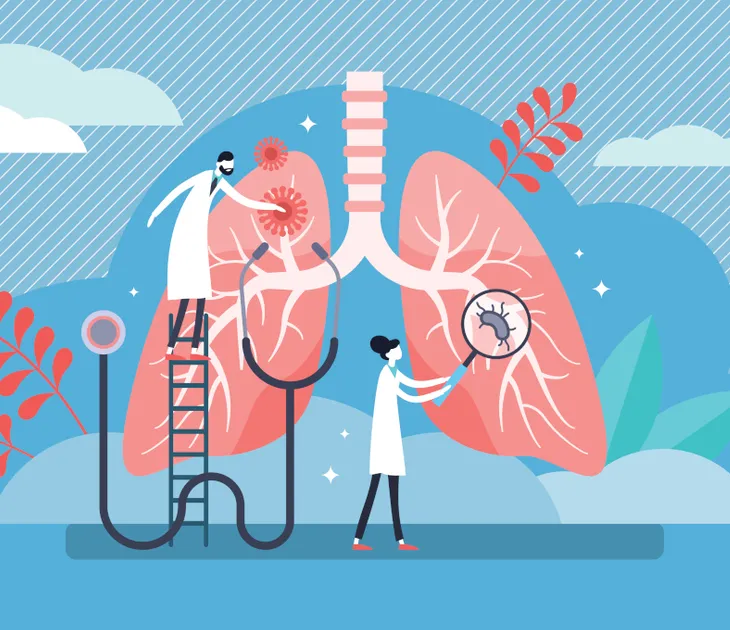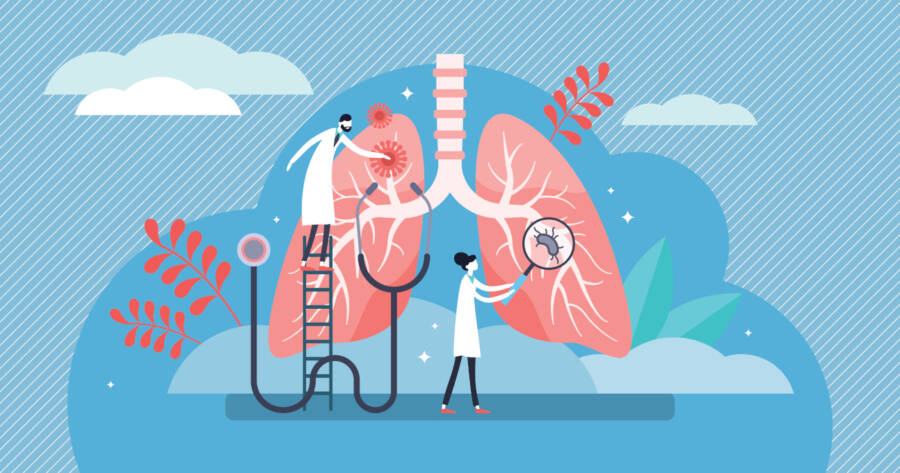EGFR exon 20 lung cancer might not be a household term, but understanding it could potentially save lives. With advancements in medical research and technology, early detection and targeted treatments are key to fighting this form of lung cancer. Today, we’ll discuss the signs to look for, the types of mutations, and the all-new mutation treatment plan that’s revolutionizing the way specialists approach EGFR exon 20 lung cancer. So, take a moment to empower yourself with knowledge, and continue reading online to learn more about how you can stay vigilant and informed about this important topic.
Signs and Symptoms of EGFR Exon 20 Lung Cancer
Lung cancer often presents itself with subtle symptoms that can be easily overlooked. Early detection is critical for improved outcomes, so it’s important to recognize potential warning signs. Some common indicators of lung cancer include:
- Persistent cough: A continuous cough that lasts for more than two weeks, especially if it becomes worse over time, could be a sign of lung cancer.
- Shortness of breath: Difficulty breathing or feeling winded during everyday activities might be a symptom of lung cancer.
- Chest pain: Persistent pain in the chest, especially when coughing or breathing, could indicate lung cancer.
- Wheezing: A whistling or rattling sound when breathing could be a sign of lung cancer or other respiratory issues.
- Coughing up blood: This could be a sign of lung cancer, especially if accompanied by other symptoms on this list.
- Unexplained weight loss: Losing weight without trying, particularly when combined with other symptoms, might be indicative of lung cancer.
- Fatigue: Feeling constantly tired or experiencing a general lack of energy may be a symptom of lung cancer or other health conditions.
It’s important to note that these symptoms can also be associated with various other health issues, such as infections or chronic respiratory diseases. However, if you’re experiencing any of these symptoms, it’s crucial to consult with your healthcare provider for further evaluation. Early detection and intervention can significantly improve your chances of successful treatment and long-term survival. So, don’t hesitate to seek professional medical advice if you’re concerned about your symptoms or overall health.
Understanding EGFR Exon 20 Mutations
Epidermal growth factor receptor (EGFR) is a protein found on the surface of cells that plays a significant role in cell growth and division. In some cases, mutations in the EGFR gene can lead to uncontrolled cell growth, which can result in the development of lung cancer. EGFR exon 20 mutations account for approximately 4-10% of all EGFR mutations in lung cancer patients and are more common in non-small cell lung cancer (NSCLC).
EGFR exon 20 mutations can be further categorized into two types:
- EGFR exon 20 insertions: This type of mutation involves the insertion of extra DNA base pairs into the EGFR gene, leading to changes in the protein structure and function. They account for around 2% of all EGFR mutations in NSCLC.
- EGFR exon 20 point mutations: These mutations involve a single base pair change in the DNA sequence, resulting in an altered protein structure. They account for the remaining percentage of EGFR exon 20 mutations.
Current Treatment Options
Traditionally, treatment options for EGFR exon 20 lung cancer have been limited, but recent advances in targeted therapies have led to the development of novel treatment plans specifically designed for this type of lung cancer.
Key options include:
- Chemotherapy, radiation, and surgery: These have been the standard treatment methods for many lung cancer patients.
- Tyrosine kinase inhibitors (TKIs): Designed to block the activity of the EGFR protein.
- First and second-generation TKIs: Shown limited efficacy in treating exon 20 mutations.
- Third-generation TKIs (e.g., osimertinib): Demonstrated more promising results.
- Amivantamab-vmjw: A recently FDA-approved targeted therapy specifically developed for EGFR exon 20 insertion lung cancer treatment.
Researchers are also studying other potential treatment options, such as combination therapies, immunotherapy, and other targeted therapies to enhance the efficacy of existing treatments and improve patient outcomes.
Stay Vigilant, Stay Safe!
EGFR exon 20 lung cancer is a complex condition, but by being aware of the signs and staying informed about the latest treatment options, we can be better prepared to face it head-on. Early detection and cutting-edge therapies like Amivantamab-vmjw and osimertinib have the potential
to revolutionize the way we approach this type of lung cancer, offering new hope to patients and their families.
As research continues to advance, we can expect even more promising treatment plans and prevention strategies to emerge in the near future. So, don’t wait to take charge of your health – continue reading online and stay informed about EGFR exon 20 lung cancer, its early indicators, and the innovative treatment options available. Together, we can work towards better understanding, prevention, and management of this challenging condition, ultimately improving the lives of those affected by it.
 Shutterstock: VectorMine
Shutterstock: VectorMine


